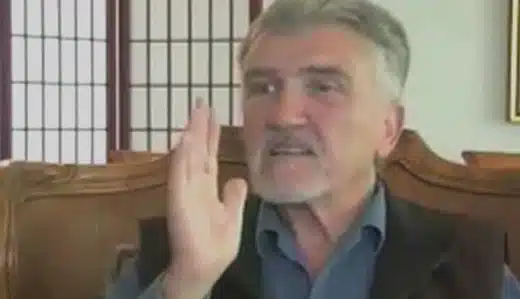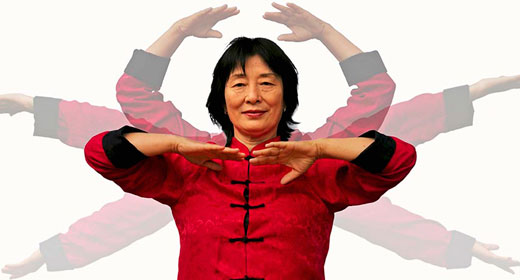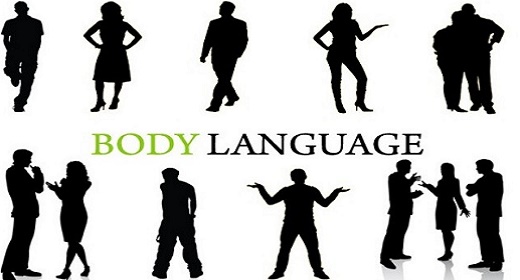by Tracy Matfin: The ordinary way of living modern day life is clearly not working very well.
 The typical structure of living as a family unit—or even alone—creates many major problems and deficiencies. People often work long hours just to pay for housing and their bills—leaving little time for spiritual practices, friendships, or meaningful recreation. Loneliness, depression, and a lack of social support are often the result. Furthermore, when people fail to live in a supportive community, everyone needs their own car and other possessions that help wreak havoc on the planet.
The typical structure of living as a family unit—or even alone—creates many major problems and deficiencies. People often work long hours just to pay for housing and their bills—leaving little time for spiritual practices, friendships, or meaningful recreation. Loneliness, depression, and a lack of social support are often the result. Furthermore, when people fail to live in a supportive community, everyone needs their own car and other possessions that help wreak havoc on the planet.
The obvious solution to the madness of modern-day life is to create communities in which many of one’s material, social, and even spiritual needs are held in common. Of course, this is how many cultures once lived for thousands of years. Well-functioning communities can serve many functions that act as remedies for the malaise of modern life. While there are many types of communities, from loosely structured co-housing units to spiritual ashrams and monasteries, they all can potentially provide their members with a supportive environment for spiritual growth.
As a member of a personal growth community of 20 people on the big island of Hawaii, I have seen that a well-functioning community can be both a great adventure and a boon for spiritual awakening. I have lived in a community called “La’akea” (healing light) for the past 18 years. During that time, we have co-created an environment where our material needs are fewer, our social needs are well met, and our spiritual aspirations are deeply supported. In fact, living at La’akea has shown me that communities that are organized well can impart four unique spiritual benefits to their members. In the rest of this article, I will articulate what I feel those advantages are and how they specifically manifest in my life at La’akea.
Multiple Mirrors – “Seeing Myself”
To “grow” spiritual awareness, there are many useful practices. One of which is metaphorically looking in the mirror. When I have a reaction, pleasant or otherwise, in response to an interaction with another, this reaction comes from the material present in my psyche. This creates an opportunity to “see” an aspect of myself I might not have been aware of. A simple example might happen while I’m in the workshop tidying up a project. Another member walks by carrying their surfboard and bumps into a jar of nails knocking them to the ground. Just like spilled milk, these nails now need to be cleaned up. How do we both react? There are infinite possibilities and how we choose to interact provides the reflection. If I get upset, what’s underneath my experience? Have I been practicing enough self care? Am I jealous of their choice to go play? Am I annoyed because it was “Mark” and I have some uncleared disagreements or judgments of Mark? If they get upset… are they struggling with their inner critique who thinks they should be contributing more? Living closely with eighteen other people can be like a walk through the fun house hall of mirrors. In this mirror I look fat, in this one I look skinny, and over there in that one I’m upside down. In modern-day society, very little space is allowed to smell the flowers or look in the mirror. Individuals typically only receive reflective opportunities from their partners or close friends, the individuals they experience deep connection with. These are the people that provide the best opportunities to uncover what may lie relatively hidden in our psyche. In community, more of these close relationships may be created.
Deep Love and Connections – “Safety to Explore”
Letting down your guard to examine your issues requires an element of safety. It also requires allowing yourself to feel. According to Brene Brown, vulnerability is integral in creating deep love and connection. At La’akea Community we put conscious effort into creating a safe, supportive container in which we may live together vulnerably. We schedule time together. Our day begins with morning check-ins and ends with an evening meal together. Our week includes two meetings, where business and relations are given separate attention. We support our container with processes for compassionate communication and conflict resolution. Most churches, synagogues, and spiritual groups do not have adequate structures to encourage active feedback to their members. We do. When living and working with the same people, you learn a lot about each member. As strengths and shortcomings become apparent to all, what you do with this knowledge is very relevant. Through transparent and authentic sharing, combined with deep love and connection, each member gets a clearer picture of how they can contribute more peace, harmony, and love in all our lives.
Going Beyond Yourself – Service, Working Together
We have community cleaning parties once a week, land/garden work days several days a week, and prepare dinners together Monday-Friday. Seva, contribution without any expectation of outcome, has long been a spiritual path. In community, there is no shortage of opportunities to explore this well-known course for letting go of self. The dishes are endless, the weeds in the garden never stop growing and do I need to say anything about composting toilets? When living with others, it is beneficial to move with a one-plus attitude. After completing my breakfast, I wash my dishes and glance around for a few more. When there are a few more I experience many things – happiness at helping others, frustration for my expectations of personal responsibility not being met by others, and humility when I remember when others helped me. It’s a journey from self-awareness to global oneness.
Group Cohesion – Sharing and Learning with Others
When living in close proximity to many people, a useful analogy can be that of a rock tumbler. In a rock tumbler, each rock serves to slowly grind away the sharp edges of the other rocks. Ultimately, what’s left after many weeks of tumbling are rocks that look both beautiful and smooth. In the same way, living and working with many members of a spiritual community can lead to a “smoothing out” of the rough edges of each resident. Living with a group of co-counselors who practice compassionate communication and emotional sovereignty provides some wonderful opportunities to learn by doing.
Recently, I woke up after a difficult night’s sleep feeling irritable, ready to project my discomfort on someone else. Yet as I walked towards the main house, I was greeted with love and acceptance. Even after I expressively shared my grumpiness, I still got more love and acceptance. Through such experiences, my rough edges are smoothing away. When someone new arrives with a habit of proclaiming what is wrong with everything, I’ve seen them change as they are met with active listening. As a result, they eventually are able to see what is beautiful as well. After a while, the result can often be people who are open-hearted, authentic, and wise.
I have grown through the four spiritual benefits outlined in this article. As you might imagine, living in a community is not unicorns and rainbows or a visit to Mordor. There are indeed many loving moments with new and old friends, yet there are also many challenges. That’s why many communities don’t last very long. To successfully overcome those challenges, it is very helpful to find a group of people who are willing to work on themselves. Indeed, when a community of folks are willing to work through their own issues, the challenges become “grist for the mill” of spiritual awakening.
When friends ask me what it’s like to live in community, I use an analogy. I say it’s like being a seed planted in an environment that has fertile soil, and lots of water and sunshine–with the occasional forest fire. In such an environment, the human soul is most likely to blossom.
——————————————————————————————————
Tracy Matfin has been a resident of La’akea Community for 18 years. She teaches permaculture, self-love and emotional sovereignty. If you want more info on the La’akea community, go to www.permaculture-hawaii.com
Awaken Spirit
Source: AWAKEN







































